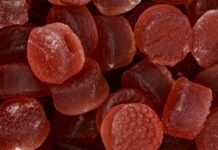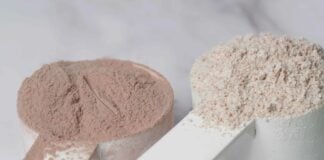The rising number of non-contact injuries plaguing the National Football League is intensifying scrutiny of artificial turf, sparking debate among players, owners, and medical experts. From hamstring strains to turf toe, a growing list of sidelined stars – including Lamar Jackson, Jayden Daniels, Joe Burrow, and Brock Purdy – is raising serious questions about the safety of synthetic playing surfaces. With roughly half of NFL stadiums now covered in artificial turf, the pressure is mounting for a change.
The Players’ Demand: “Ninety-Two Percent Want Grass”
The NFL Players Association (NFLPA) is leading the charge, with Director Lloyd Howell stating that a staggering 92% of players prefer natural grass. NFLPA President J.C. Tretter has publicly argued that artificial turf is demonstrably harder on the body, advocating for a complete shift to natural grass fields. The union has even used pointed social media commentary, responding to a temporary grass conversion at MetLife Stadium for a soccer match with a sarcastic “Looks nice #SaferFields,” accompanied by a monocled emoji – a clear jab at the NFL’s continued use of artificial surfaces.
The Cost-Benefit Equation: Why Turf Persists
Despite the growing safety concerns, artificial turf remains prevalent due to its durability and lower maintenance costs. Unlike natural grass, which requires constant mowing, watering, fertilizing, and sunlight exposure, artificial turf offers a more convenient, albeit potentially riskier, solution for stadium management. The first iteration of artificial turf, known as Astroturf, emerged in 1965 at the Houston Astrodome, where maintaining real grass indoors proved impossible. Today, even teams in favorable weather locations, like the Rams and Chargers in Los Angeles, continue to use artificial turf, highlighting the economic appeal despite the rising injury rates.
The Evolution of Turf: From Brillo Pads to Polymer Blades
While early versions of artificial turf were notoriously harsh, modern synthetic surfaces have undergone significant improvements. Today’s turf consists of softer polymer blades – polyethylene, polypropylene, and nylon – backed by polyurethane or polyester cushioning. Infill layers composed of recycled tires, sand, and plastic pellets further enhance cushioning. However, despite these advancements, artificial turf still lacks the natural give of real grass, a critical difference when it comes to injury prevention.
The Data Speaks: Higher Injury Rates on Artificial Turf
Multiple studies confirm that certain injuries are significantly more common on artificial turf than on natural grass. A decade-long study in the American Journal of Sports Medicine found that posterior cruciate ligament (PCL) tears were three times more likely on artificial turf at the college level. At lower divisions, ACL tears were 1.6 times more frequent. NFLPA analysis of injury reports from 2012-2018 revealed a 32% higher rate of non-contact knee injuries and a 69% higher rate of non-contact foot or ankle injuries on artificial fields. A 2022 systematic review in the same journal consistently found higher ankle and foot injury rates on artificial turf, noting that studies funded by the artificial turf industry often reported contradictory results. Even concussion rates are higher when players hit the ground on artificial turf.
The Physics of Injury: Why Turf Doesn’t Give
The core issue is simple: natural grass yields under pressure, absorbing impact and reducing stress on joints. Artificial turf, by contrast, remains rigid, forcing the body to absorb the brunt of the force. As J.C. Tretter explained in his letter to the NFL, “Grass will eventually give… meaning our feet, ankles, and knees absorb the force, which makes injury more likely.” This lack of give applies not only during games but also during daily practices, as many NFL teams use artificial surfaces year-round.
The debate over artificial turf is far from over, but the mounting evidence and growing player dissatisfaction suggest that a change may be inevitable. As more stars fall victim to turf-related injuries, the pressure on NFL owners to prioritize player safety over cost savings will only intensify



















